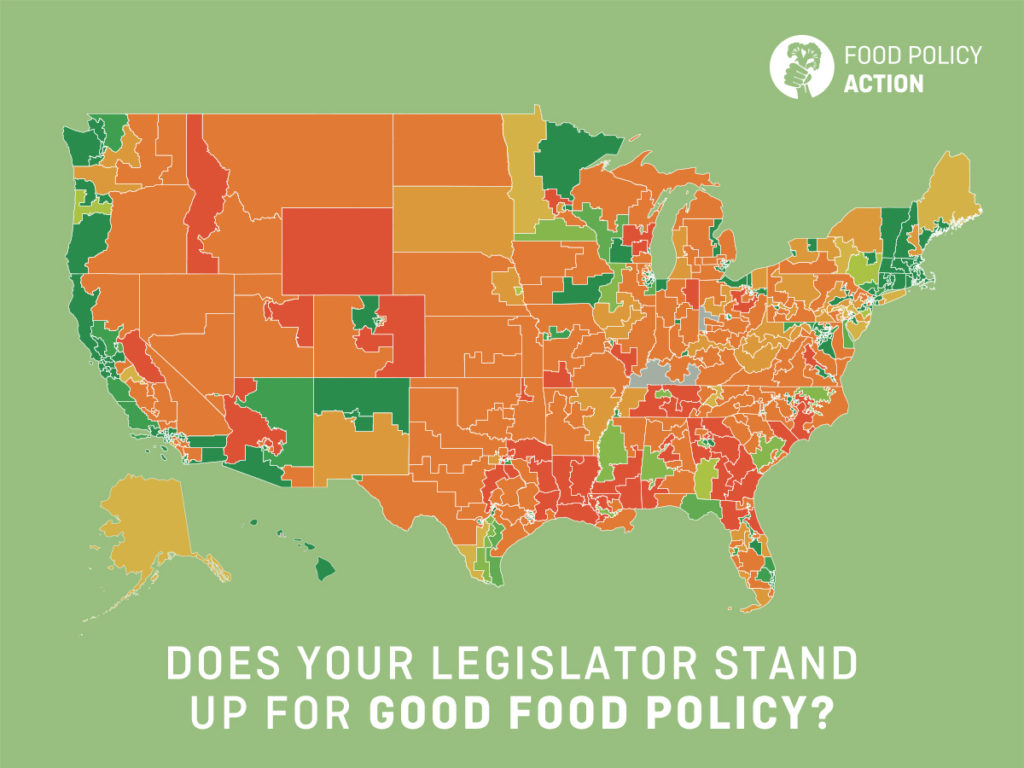Jerry Hagstrom, who writes the daily Hagstrom report on agriculture matters, explains why the farm bill passed. After 3 or 4 years of fuss, practically everyone thought it was the best they could do:
Critics on the right and the left say that such an outpouring of endorsements shows that the farm bill is filled with government spending, but it also shows the importance of the farm bill—and the activities of the Agriculture Department—in every corner of the country. [The farm bill] provides purchasing power and food for low-income people in cities and it allows for the inspection of meat, poultry, and eggs. It also pays for financing electricity, telephones, and the Internet in rural America.
The bottom line: it could have been a lot worse.
The New York Times scores the winners and losers. The big winner? The insurance industry.
Unlike the food stamp program, the federally subsidized crop insurance program was not cut. The program, which is administered by 18 companies that are paid $1.4 billion annually by the government to sell policies to farmers, pays 62 percent of farmers’ premiums.
Enthusiasm for the bill depends on what it gives to whom.
USDA Secretary Tom Vilsack says, grudgingly:
Building on the historic economic gains in rural America over the past 5 years, this bill will accomplish those goals while achieving meaningful reform and billions of dollars in savings for the taxpayer. While no legislation is perfect, this bill is a strong investment in American agriculture and supports the continued global leadership of our farmers and ranchers.
Former USDA Secretary Dan Glickman, now with the Bipartisan Policy Center, looks at the bright side:
While this is not a perfect bill, its passage was critical for our nation’s agriculture infrastructure. I’m glad to see the bill will allow low-income Americans to double their SNAP benefits at farmers markets, which will help tens of thousands of people eat more nutritious foods. However, I believe there is still a fundamental disconnect between the nation’s farm policies and critical issues of public health and nutrition.
Wholesome Wave is pleased with the bill’s support (comparatively small as it is) for fruits and vegetables:
While we are reluctant to support this legislation because of the disheartening cuts to SNAP, the bill does include funding for many critical programs that will enhance access to affordable, local food and drive revenue to local and regional farmers. Specifically, there is mandatory funding for nutrition incentives at $20 million per year, for five years, as well as increased funding for the Farmers Market and Local Food Promotion Program, Community Food Projects, Specialty Crop Block Grants, the Senior Farmers Market Nutrition Program, Beginning Farmers and the Healthy Food Financing Initiative.
The Organic Farming Research Foundation calls the bill “a victory for organic farming:”
The Farm Bill restores long overdue support for organic agriculture including significant funding increases for the Organic Extension and Research Initiative (OREI), the National Organic Certification Cost Share Program (NOCCSP), the National Organic Program (NOP) and the Organic Data Initiative (ODI). Despite significant shortcomings in the commodity, conservation and crop insurance titles of the proposal, the Organic Farming Research Foundation (OFRF) is celebrating the victories for organic agriculture found in the bill and urging the president to sign it.
The Fair Food Network’s Oran Hesterman says:
While no Farm Bill is perfect, this bill continues support for critical programs and advances innovations that will support small and mid-scale farmers and help more low-income families access healthy and affordable foods in their communities…Specifically, the Farm Bill includes $100 million to support the Food Insecurity Nutrition Incentive Program, a new national healthy produce program modeled after successful efforts such as Fair Food Network’s Double Up Food Bucks.
But, New York City Coalition Against Hunger Executive Director Joel Berg says:
I am devastated, but unfortunately not surprised, by the Senate’s passage of a Farm Bill cutting SNAP by nearly $9 billion, on top of $11 billion in cuts that took place last November 1st. Our political system is so broken it has morphed into spineless versus heartless, and low-income Americans are, once again, those who will suffer most…It’s an orgy of corporate welfare and subsidies for the wealthy paid for by cuts to programs that help the needy put food on the table. It is Robin Hood in reverse.
I’ll end with Senator John McCain (Rep-AZ), whose analysis of the specifics is worth a look:
Mr. President, how are we supposed to restore the American people’s confidence with this monstrosity? Just a few weeks ago we crammed down their throats a $1.1 trillion Omnibus Appropriations Bill loaded with wasteful spending. Tomorrow we’ll wash the Omnibus down with another trillion dollars. The only policy that gets bipartisan traction in Congress is Washington’s desire to hand out taxpayer money like its [sic] candy.
Will the President sign this bill? He says he will, on Friday.



